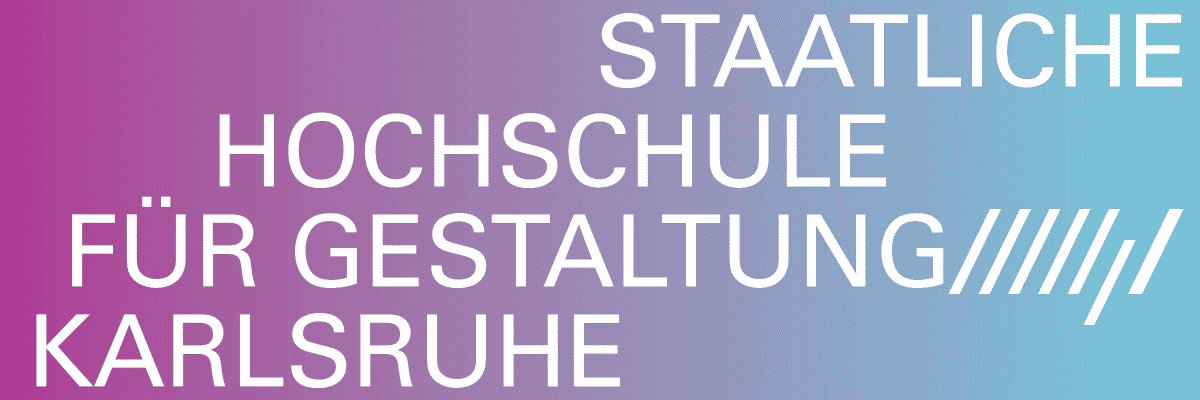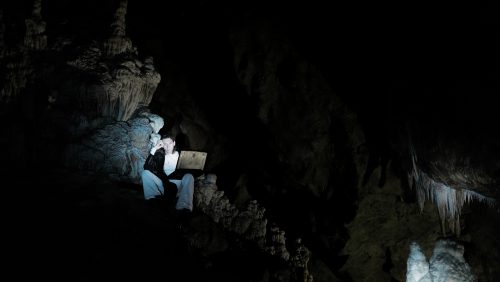
Jakob Kolb
Radical Optimistic
Project Info
- 💙 Studio PRÁM
- 💚 Šárka Koudelová
- 🖤 Jakob Kolb
- 💜 Šárka Koudelová
- 💛 František Svatoš
Share on

Advertisement



















The character of Jakob Kolb’s work was shaped within what was originally a fringe movement of new romanticisms, which over time has become a “cool” norm, at least on the European scene. This aesthetic, subconsciously reacting to the overload of digital imagery and built upon DIY approaches to traditional crafts and materials, has naturally divided—at least from a viewer’s perspective—into two main camps. One is inhabited by fantasy characters, figuratively bridging the analog world of cobwebs, witch hats, goblins, and pseudo-mythological heroes with the avatars of virtual gaming realms. The other camp mostly feels abandoned—installations often resemble a dystopia following a failed technological revolution. Cables, hoses, steel structures, shattered glass, and an atmosphere of semi-conscious machine relics abandoned by humans also form the basis of Jakob Kolb’s current exhibition. But before we dive into the discomfortingly contemporary interpretation of these components, let us remember that Jakob titled his exhibition Radical Optimistic.
The exhibition title greets visitors right at the gallery entrance, smiling alongside emojis from the license plate of a 1980 Volkswagen Scirocco. The presence of the car, “more beautiful than the Nike of Samothrace 3 ,” clearly sets the tone for the entire exhibition. It directly confronts us with nostalgia for a carefree past—when we weren’t afraid of the exhaust fumes of a “roaring automobile 4 ” that heated our planet and suffocated life. Nostalgia for our own memories, evoked by a familiarly sounding indie-techno DJ set. The car’s interior serves as the smoky stage for Jakob’s musical performance. The scene, reminiscent of a classic music video and a carefree carpool ride with friends to an unknown destination, is also a natural reference to the music scene and the associated aesthetics of various subcultures—which is, after all, a typical “side job” of the neo-romantic artistic community and Jakob’s parallel career under the pseudonym On Bells.
The opening installation featuring a Volkswagen is accompanied by additional elements that, with slight variations, reappear throughout the exhibition. A tree trunk protrudes from the car’s trunk, connected to a fossilized figure made of bread and salt. Nearby stands a glass-and-steel structure, evoking fragments of a crumbling corporate building. These structures—one of which serves as a mobile music stage—are, for Jakob, imaginary vessels of memories, as well as anchor points for new life. The flowers or plants Jakob places in them are a distinctive element of his work and a subconscious reminder of childhood and collecting wildflowers with his grandfather in the Austrian countryside. Another such rural-communal motif is salt dough, which Jakob uses to model parts of figures that become sort of users of his installations. The exhibition features two central figures — symbolic of a friendship between two companions, whose shared memories are revived through the ambient soundscape and music of Jakob’s composed environment. The installation is interwoven with specifically selected second-hand fabrics and garments, forming an upcycled designer collection by Jakob. This collection dresses the fossilized, dough-like friends and is also available for visitors to try on. The presence of textiles reaches its peak in a room with a slanted floor, dominated by a hanging object that resembles a fusion of a dreamcatcher and an herb-drying net.
Quoting Marinetti—co-founder of Italian Futurism and an early supporter of fascism—alongside the techno-dystopian elements of Jakob’s exhibition creates a chilling parallel to the current threats of techno-feudalism, whose foundations are arguably being laid, at the very least, by the American ruling administration. Can such rapid technological advancement even be protected from being misused as a tool of societal control?
Radical optimism—understood as Jakob’s generational and autobiographical stance—is a response to these threats and the current state of endless doomscrolling. Aimless depression, skepticism, and anxiety are replaced by humorous takes on nostalgia, light-heartedness, and above all, a deep belief in friendship, community, and the sharing of artistic experience. Jakob, after all, “optimistically misuses” a handheld barcode printer—a mechanical appendage of production and sales—to decorate playful clothing and print almost childlike stylized images of anthropomorphized, cute mice.
3 Marinetti, Filippo Tommaso, I manifesti del Futurismo, Le Figaro journal, point no. 4, 1909
4 Marinetti, Filippo Tommaso, I manifesti del Futurismo, Le Figaro journal, point no. 4, 1909
Šárka Koudelová




